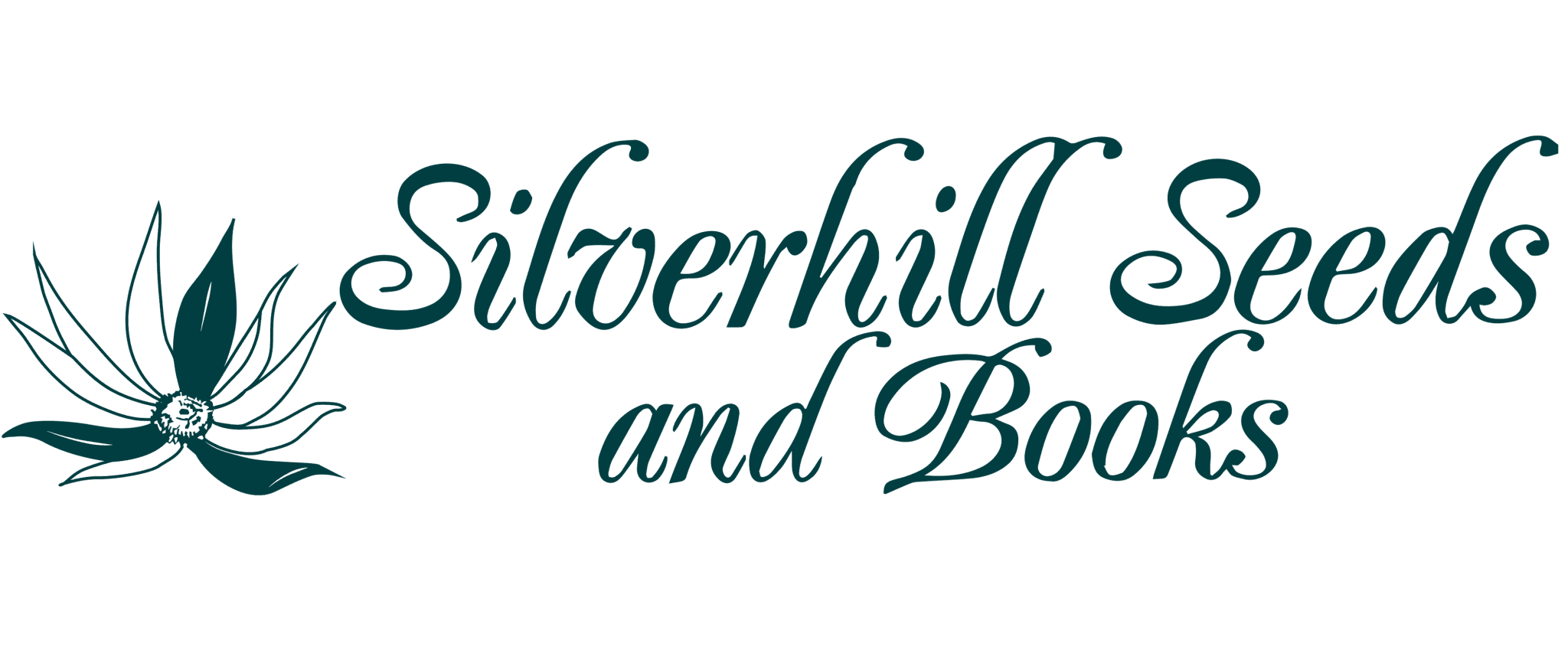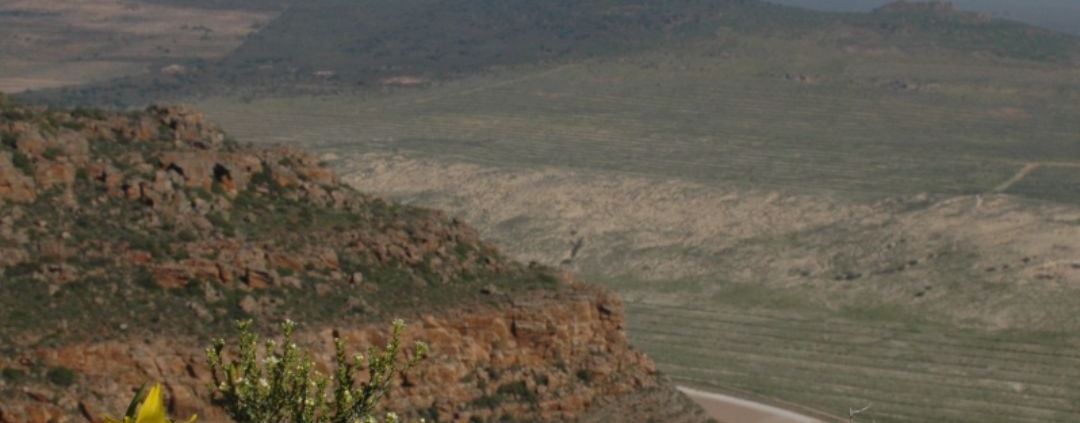From the Archives: Newsletter January 2012
January 2012
Dear customer
Another year has flown past and for us this was a very quiet year. At one stage we thought we would have to close down the business and retire as we had so few orders coming in. Occasionally we would send ourselves an e mail or a fax to make sure that the fax machine and computer were still working! In the last couple of months however there has been an upsurge in orders (long may it last!) and people seem to be taking an interest in their plants and gardens again. I suppose there is a limit to the amount of economic doom and gloom one can handle before one looks around for something more pleasurable to occupy one’s mind.
In Cape Town and the southern Cape, our winter rains were lower than usual this year and we had a long period in mid-winter when no rain fell for about 6 weeks. This had an enormous effect on our seed collecting as many of the bulbs went dormant prematurely and those that did flower aborted their seed production. By contrast, the northern Cape and southern Namibia had very good rains – more about that later!
Recently Rachel gave a talk on “The genus Gladiolus” to a plant group in Nelspruit (in Mpumalanga), and later in the year she gave a similar talk at the Indigenous Bulb Society of SA’s symposium held in Worcester in September. This has given us an interest in the genus and we are now determined to get pictures of as many of the Southern African species in habitat as possible. In pursuit of this, we mounted a botanical trip through the Richtersveld to the Tirasberg in southern Namibia. Another reason for the trip was to look for an unusual Lachenalia species that we last saw about 15 years ago – the last time that this area had good rain. So we set off in mid-July for just over 2 weeks. Our first stop on the way north was at the Heerenlogement near Clanwilliam to look for Gladiolus comptonii which occurs on the summit of that mountain. To our great delight we found the Gladiolus in full flower. It is always a surprise when one finds these rare plants, and it is even better when the plant is as beautiful as this Gladiolus with sprays of bright golden yellow flowers. From Clanwilliam we then drove north to the Orange River between Alexander Bay and the Richtersveld. One of the reasons for visiting this area was to look for another rare Gladiolus – G. deserticola, a delicate blue flowered species which grows on the southern (shady) slopes of the mountains bordering the Orange River. Most of the mountains in this area run in a north south direction, so finding a south facing slope was the first problem. The second problem was that the plant was only supposed to flower from August onwards, and it was now mid-July. We left the car at the base of a likely looking south facing slope and commenced our ascent – a more unlikely looking spot for a Gladiolus we could not have imagined! These are amongst the most arid mountains in South Africa and hardly a place to find a delicate Gladiolus! After several hours spent traversing the slope, looking under boulders and shrubs and in gullies, we were ready to give up. And then Rachel yelled – on a hunch she had looked at the base of a small cliff and there peeping out of a bush was one of the most delicate little Gladiolus flowers I have ever seen – we had found Gladiolus deserticola! I think that we were both so satisfied by this stage that we could have gone home happily, but there was still more in store for us! As mentioned above, the Northern Cape had exceptional winter rain and between Alexander Bay and the Richtersveld Park we saw beautiful massed displays of Lapeirousia barklyi, probably the most spectacular Lapeirousia there is with large bright pink flowers. In between these we found Sarcocaulons of 4 species, Lachenalias, Cyanella ramosissima, Babianas and most unexpectedly, large populations of Hexacyrtis dickiana in bud and just coming into flower. We spent a couple of days driving along the Orange River, and every time we stopped we found another 3 or 4 species in flower.
Finally we had to move on, and we crossed the Orange River into Namibia at the pont at Sendelingsdrift. We drove north to Rosh Pinah, a mining town surrounded by high mountains. It was obvious that this area had also had good rain and we saw the most spectacular flower displays that we have ever seen – bright pink mesembs, sheets of red Sarcocaulons, wide sweeps of yellow Gazania liechtensteinii, all flowering their hearts out. We continued northwards and spent some time walking in the Tirasberg right on the edge of the Namib desert. The mountains are rugged, very rough and dry, and yet because of the rain we found water running in some of the main valleys. We also found our missing Lachenalia species in flower – identified as L. giessii on our return to Cape Town. The views from the top of these mountains are spectacular looking over the red dunes of the Namib. Finally we headed for home after a very successful trip to a normally very arid area.
In September we spent 2 weeks walking in France with Rachel’s sister and brother-in-law. We had a wonderful time tasting wine, eating good food and walking through beautiful farmlands and forests. One week was spent on the Normandy coast where we found the 2nd World War museums fascinating.
For Christmas we went to visit 3 plant friends in Nelspruit, near the Kruger National Park. Nelspruit in December is normally blazing hot and humid, so we went expecting heat and perhaps rain. We went on many field trips mainly looking for Gladiolus species in flower, and every day we had cool grey drizzly weather – what a pleasure! We found some beautiful plants in flower, not only Gladioli and enjoyed our week away from home. Since our return, Cape Town and the SW Cape have had a series of heat waves with Vanrhynsdorp measuring 50°C on several occasions! The whole area has had some spectacular thunder storms – most unusual for the Cape in summer, and at present the Hex River Valley north of Worcester is flooded! Nelspruit is also flooded, as is the Kruger National Park so the entire sub-continent is having rain.
Our staff situation remains much the same. Darkie now works from home and each week we visit her in Stellenbosch on our way to Frontier Lab at Brackenfell. Denise, Ondine and Rachel’s mum work every day, and Cherrie helps when we are rushed off our feet. We have acquired 2 new cats, Taffy and Nanuk (we also still have our black Squatter!). We got them as kittens and have watched them grow over the last year. They are now almost a year old, into everything and of course are far too adventurous for their own good – we both have a few more grey hairs as a result!
Due to the bad economic situation, we have decided for the first time since we began selling seeds, not to produce a printed catalogue this year. We apologise for this, but last year the catalogue cost over R100 000 (USD12 500, 10 000 euros, £8000) to print and post, and we simply cannot justify it this year. Please use our website to order – instructions attached! Many of you order via e mail or the website already, and we now have facilities on our website for you to print your own catalogue if you would like to do so. The website has the added advantage of always being up to date, and of having pictures of many of the plants we sell. And another nice feature is that you can search for key words in the description field – for plants hardy to Zone 7, or for fragrant bulbous plants, or red flowers, or for seeds that you can sow in spring, or medicinal plants, etc.
We still sell botanical books, and we are still part owners of the tissue culture lab in Brackenfell, run by our partner Andy Hackland. Due to problems with Telkom (our SA telephone provider) and stolen telephone cables, the lab no longer has telephone or fax via Telkom – please ask for details.
We wish you all a good 2012 and let us all hope for better economic times!
Best wishes
Rod & Rachel



